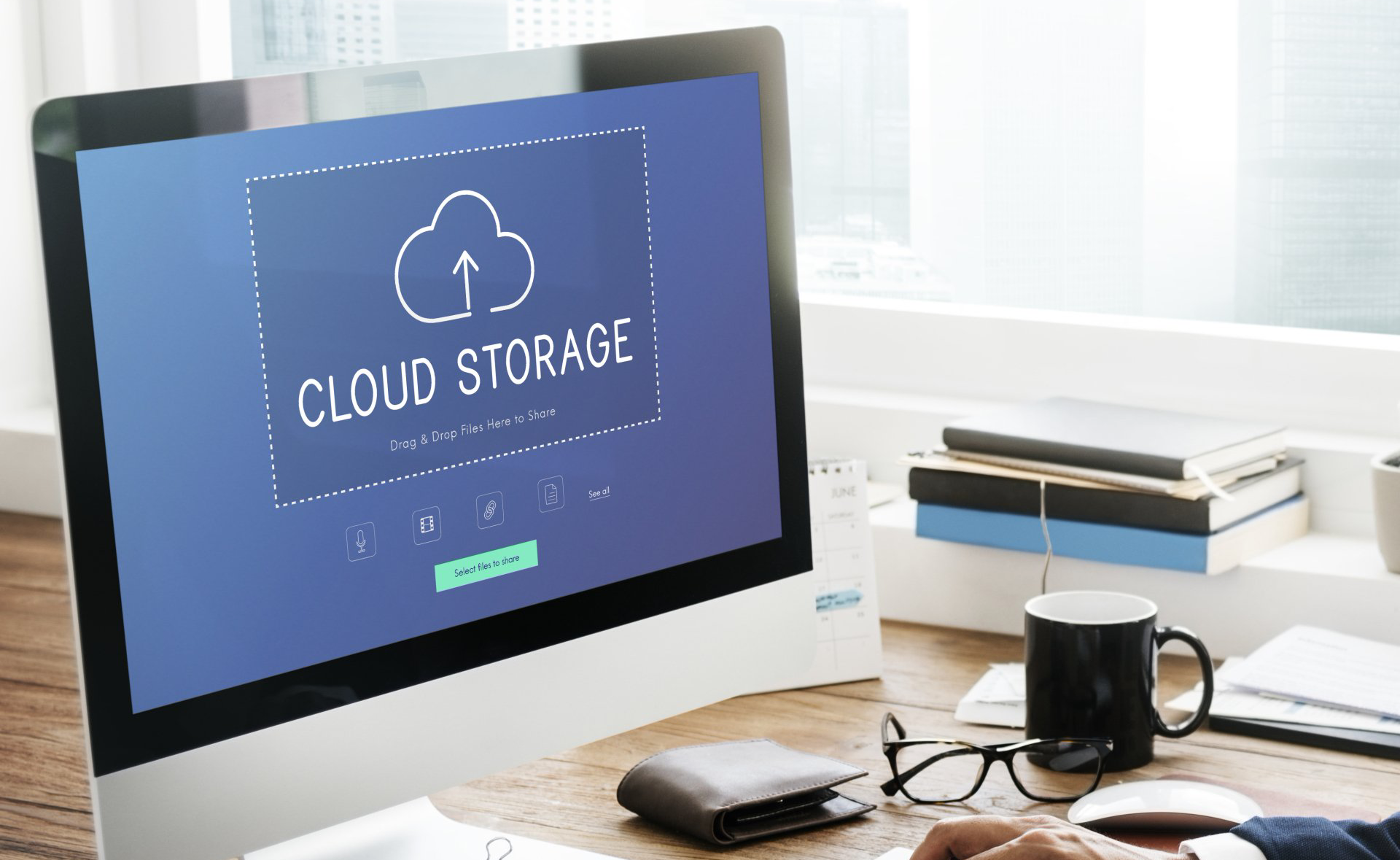Cloud-Based EHR

Why Choose Cloud-based EHR?
Optisave recently assisted a large northeastern Pennsylvania Integrated Delivery Network (IDN) with 12 non-profit hospitals and 300 outpatient sites, 1,230 beds, and 18,000 employees, with assessing, sourcing, contract negotiation, and optimizing total cost of ownership of cloud-based Electronic Health Records (EHR), as part of cost reduction and efficiency project, identifying an estimated $6M in IT savings.
According to EHRIntelligence.com (January 2020), there are three reasons to favor cloud-based EHRs over in-house EHRs. “Cloud-based EHRs not only can save health systems money, but they are more secure and promote interoperability.”
With cloud-based EHRs, heavy capital expenditures can be avoided, because IT resources are acquired on demand as needed and paid for as an operating expense,” wrote Cloud Standards Customer Council (CSCC) authors in their 2017 guide on cloud computing in healthcare. This is especially true for small, rural, and community hospitals. For the Pennsylvania hospital network, the shift to EHR to the Cloud translated into of one of the top three areas of savings identified during the engagement.
EHRs have made patient information more accessible than ever. Interestingly, experts say cloud-based EHRs are more secure than in-house EHRs. “Cloud service provider data centers are typically highly secure and well protected against outsider and insider threats using administrative, physical, and technical methods implemented and maintained by expert professional staff,” said CSCC authors. To the PA hospital’s Chief Security Officer, cloud-based EHR provided a highly robust security solution. Safeguarding patient information while maintaining flexibility is of the utmost priority. This rings even more true - for all hospitals - with the sudden acceleration of digital transformation due to COVID-19.
5 Key Takeaways:
- Cloud-based EHRs save money
- Their infrastructure is far more secure than that of on-premise systems
- Cloud-based systems are more interoperable and provide easier patient data sharing access - reducing readmission, more confident decision making, and smoother transitions of care
- Fewer administrative resources are required to manage these systems
- There is a significant reduction in data center servers and storage, and associated maintenance cost
Contact Optisave today to discuss cloud-based EHR strategy and purchase decisions.
Evan Katzman
Managing Director at Optisave, LLC
Additional Blog Posts


